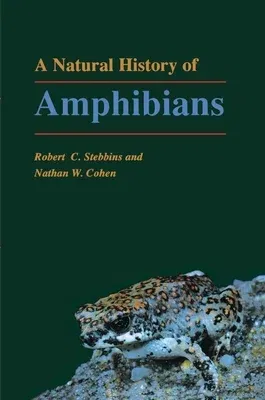This is a book for all readers who want to learn about amphibians, the
animal group that includes frogs, toads, salamanders, and caecilians. It
draws on many years of classroom teaching, laboratory experience, and
field observation by the authors. Robert Stebbins and Nathan Cohen lead
readers on a fascinating odyssey as they explore some of nature's most
interesting creatures, interspersing their own observations throughout
the book. A Natural History of Amphibians can serve as a textbook for
students and independent learners, as an overview of the field for
professional scientists and land managers, and as an engaging
introduction for general readers. The class Amphibia contains more than
4,500 known living species. New species are being discovered so rapidly
that the number may grow to more than 5,000 during our lifetimes.
However, their numbers are being rapidly decimated around the globe,
largely due to the encroachment of humans on amphibian habitats and from
growing human-caused environmental pollution, discussed at length in the
final chapter. The authors focus our attention on the "natural history"
of amphibians worldwide and emphasize their interactions with their
environments over time: where they live; how they reproduce; how they
have been affected by evolutionary processes; what factors will
determine their destinies over time. Through the experienced eyes of the
authors, who are skilled observers, we come to see and understand the
place of amphibians in the natural world around us.

